Introduction
Brief Explanation of PCB Assembly and Its Significance in Electronic Devices

PCB assembly, or printed circuit board assembly, is the process of populating a printed circuit board (PCB) with electronic components to create a functional electronic device. The PCB serves as a platform that connects and supports the various components, such as resistors, capacitors, integrated circuits, and connectors, forming a complete circuit.
PCB assembly plays a crucial role in the manufacturing of electronic devices, ranging from smartphones and laptops to medical equipment and automotive electronics. It enables the creation of compact, reliable, and high-performance electronic systems. PCBs provide a standardized and efficient way to interconnect electronic components, ensuring proper signal transmission, power distribution, and functionality.
Definition of Quality Control in the Context of PCB Assembly
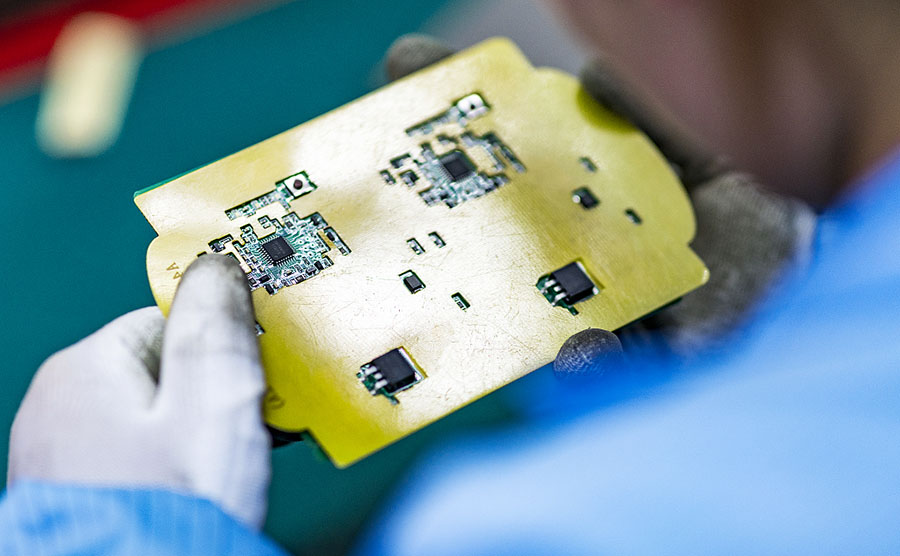
In the context of PCB assembly, quality control refers to the systematic process of monitoring, inspecting, and managing various stages of the PCB assembly process to ensure that the final products meet the desired quality standards. It involves implementing measures and procedures to detect and prevent defects, errors, or inconsistencies that may arise during PCB manufacturing and assembly.
Quality control in PCB assembly focuses on verifying that each component is correctly placed, soldered, and electrically connected on the PCB, ensuring the overall functionality and reliability of the electronic device. It involves rigorous inspection and testing at different stages, such as visual inspection, automated inspection, functional testing, and electrical testing, to identify any manufacturing defects or deviations from the required specifications.
The Importance and Objectives of Quality Control
Quality control in PCB assembly is crucial for maintaining consistent quality, reducing defects, minimizing rework and scrap, and delivering reliable electronic devices to customers. It involves a combination of process controls, inspections, and testing methodologies to achieve the desired level of quality and reliability in the final PCB assemblies.
The Importance of Quality Control in the PCB Assembly Process
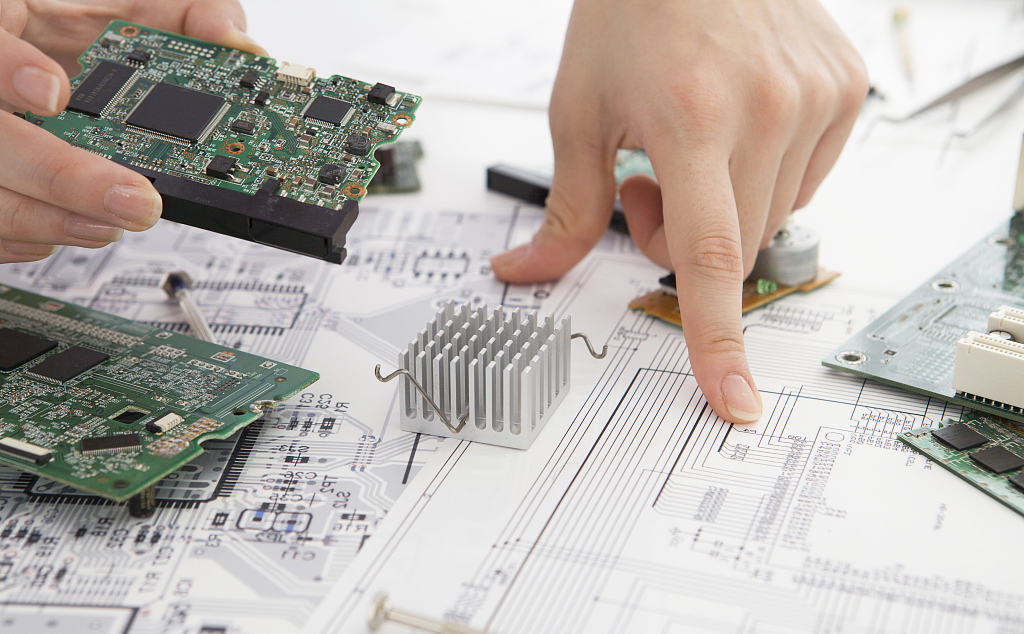
Quality control in PCBA is essential to ensure that electronic devices meet quality standards, perform reliably, satisfy customers, and deliver value for both manufacturers and end-users. It helps mitigate risks, reduce costs, and uphold the reputation of the brand in the competitive electronics industry. We could summarize the paramount importance of PCBA quality control as the following reasons:
Reliability and Performance: Quality control measures ensure that the assembled PCBs meet the required standards of reliability and performance. By identifying and rectifying manufacturing defects or component-related issues, quality control helps prevent premature failures, malfunctions, or suboptimal performance of electronic devices.
Customer Satisfaction: High-quality PCB assembly directly impacts customer satisfaction. When electronic devices function as intended, customers have a positive experience and trust in the brand. Conversely, poor quality control can lead to dissatisfied customers, returns, and damage to the reputation of the manufacturer.
Cost-effectiveness: Implementing effective quality control measures in PCB assembly can save costs in the long run. By detecting and rectifying issues early in the process, manufacturers can reduce scrap, rework, and warranty claims. This leads to improved yield rates, increased productivity, and minimized financial losses associated with faulty products.
Compliance and Standards: In many industries, such as aerospace, medical, and automotive, adherence to specific quality standards and regulations is mandatory. Quality control ensures that the assembled PCBs meet the required standards, certifications, and regulatory guidelines, ensuring compliance and reliability in critical applications.
Continuous Improvement: Quality control in PCB assembly promotes a culture of continuous improvement. By monitoring and analyzing data related to defects, failures, and customer feedback, manufacturers can identify areas for improvement, optimize processes, and enhance product quality over time.
Objectives of Quality Control — Reliability, Functionality, Performance.

The objectives of quality control in PCB assembly are centered around ensuring the reliability, functionality, and performance of the assembled printed circuit boards. Here are the main objectives of quality control:
Reliability: The primary objective of quality control is to ensure the reliability of the PCB assemblies. Reliability refers to the ability of the electronic devices to perform consistently and without failures over a specified period of time. By implementing quality control measures, manufacturers aim to identify and rectify potential defects or weaknesses in the assembly process that could lead to failures or malfunctions. This includes addressing issues such as poor solder joints, component misalignment, and electrical connectivity problems.
Functionality: Quality control is crucial in verifying the functionality of the PCB assemblies. The objective is to ensure that all components are correctly placed, soldered, and connected, and that the assembled PCBs perform their intended functions as designed. By conducting thorough inspections and testing procedures, quality control aims to identify any functional issues early in the process and make necessary adjustments or repairs to achieve the desired functionality.
Performance: Quality control plays a significant role in ensuring the performance of the PCB assemblies. Performance refers to the ability of the electronic devices to meet the required specifications and deliver the desired level of operation and output. Quality control measures focus on verifying that the PCB assemblies meet the specified performance parameters, such as signal integrity, power distribution, thermal management, and noise immunity. By conducting performance testing and analysis, quality control helps identify any deviations or deficiencies that could impact the overall performance of the electronic devices.
Compliance and Standards: Another objective of quality control in PCB assembly is to ensure compliance with industry standards, regulations, and customer requirements. This includes adhering to specific design guidelines, manufacturing standards, and certifications. Quality control measures help verify that the assembled PCBs meet the required standards and certifications, ensuring that the final products are suitable for their intended applications and meet the expectations of customers and regulatory bodies.
Common Quality Control Challenges in PCB Assembly
Identifying and addressing these common quality control challenges is crucial to ensure that PCB assemblies meet the required quality standards, deliver reliable performance, and satisfy customer expectations. Implementing robust quality control measures can help mitigate these challenges, improve overall product quality, and reduce the potential consequences associated with quality control issues.
Identification of common issues and defects in PCB assembly


a. Soldering Defects: One common issue in PCB assembly is soldering defects, which can include solder bridges (short circuits), insufficient solder, cold solder joints, or solder voids. These issues can arise due to incorrect solder paste application, improper reflow profiles, or inadequate soldering techniques. b. Component Placement Errors: Another challenge is component placement errors, where components are not correctly aligned or oriented on the PCB. This can lead to electrical connectivity issues, misalignment with other components or pads, or interference with neighboring components. c. Electrical Connectivity Problems: PCB assembly can also encounter electrical connectivity problems, such as open circuits or incorrect routing. These issues can occur due to damaged traces, faulty solder joints, or incorrect design or manufacturing processes. d. Component Quality Issues: Quality control challenges can arise from components themselves. Counterfeit or substandard components can lead to functionality issues, reduced reliability, and potential failures. Inconsistent component specifications, mismatches, or incorrect component values can also contribute to quality control challenges.
Potential Consequences of These Issues
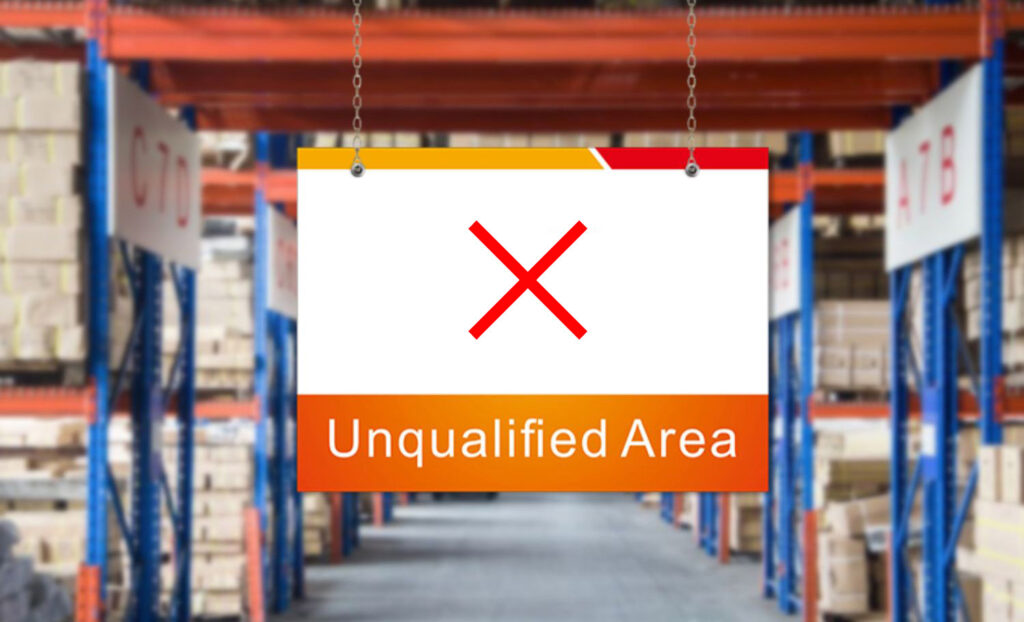
a. Increased Failure Rates: Quality control challenges in PCB assembly can result in increased failure rates of electronic devices. Defective solder joints, component placement errors, or electrical connectivity issues can cause intermittent failures, malfunctions, or complete device failures. This can lead to customer dissatisfaction, warranty claims, and increased costs for manufacturers.
b. Product Recall or Rework: Severe quality control issues may require product recall or extensive rework. If the identified defects or issues pose significant risks or compromise the functionality or safety of the electronic devices, manufacturers may need to recall the products from the market or invest substantial resources in reworking the defective PCB assemblies. This can result in financial losses, damage to brand reputation, and delays in product availability.
c. Customer Dissatisfaction: Quality control challenges that lead to defective or underperforming electronic devices can result in customer dissatisfaction. When devices fail to meet the expected standards of reliability, functionality, or performance, customers may lose trust in the brand and seek alternatives. Negative reviews, returns, or warranty claims can impact the reputation and market position of manufacturers.
d. Increased Costs: Quality control issues in PCB assembly can lead to increased costs for manufacturers. Addressing defects and reworking PCB assemblies require additional resources, time, and labor. Scrap material, wasted components, or retesting procedures can result in financial losses. Moreover, warranty claims, product returns, or customer support associated with faulty devices can further increase costs for manufacturers.
Best Practices for Quality Control in PCB Assembly
The best practices for quality control in PCB assembly, including design considerations, component selection and verification, manufacturing processes and quality control checkpoints, and testing procedures and methodologies, help manufacturers ensure consistent quality, reliability, and performance of their PCB assemblies.
Design Considerations for Manufacturability and Reliability
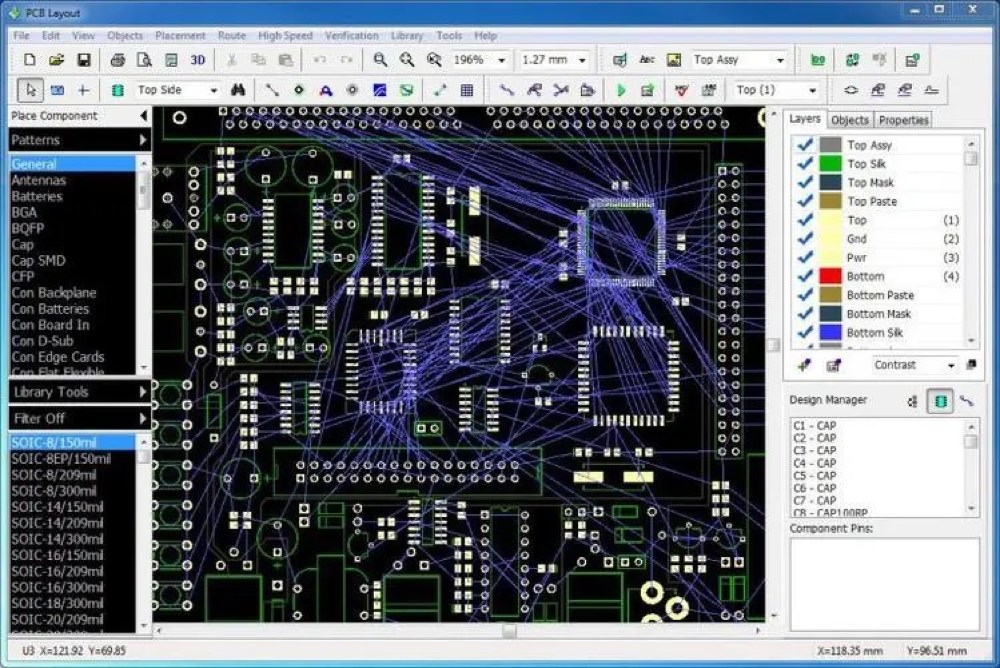
Design for Manufacturability (DFM): Ensure that the PCB design is optimized for efficient and reliable manufacturing. This includes considerations such as proper component spacing, clear component designators, and alignment with manufacturing equipment capabilities.
Design for Reliability (DFR): Incorporate design elements that enhance the reliability of the PCB assembly, such as thermal management features, proper grounding, and appropriate trace widths and routing to minimize signal integrity issues.
Example: By designing PCBs with DFM and DFR principles in mind, manufacturers can minimize the occurrence of manufacturing defects, reduce rework, and improve overall product reliability.
Component Selection and Verification

Component Sourcing and Verification: Select reliable suppliers and thoroughly verify the authenticity and quality of components. This includes conducting thorough component testing, cross-referencing specifications, and checking for counterfeits or substandard parts.
Component Traceability: Maintain accurate records and traceability of components used in the assembly process, enabling better quality control and faster issue resolution in case of failures or recalls.
Example: Implementing strict component selection and verification processes helps mitigate the risk of using counterfeit or unreliable components, ensuring the overall quality and reliability of the PCB assembly.
Manufacturing Processes and Quality Control Checkpoints

Process Documentation: Establish comprehensive process documentation, including standard operating procedures (SOPs), work instructions, and process flowcharts. Clearly define manufacturing steps, parameters, and quality control checkpoints.
In-Process Inspections: Conduct regular inspections and quality control checks throughout the manufacturing process to detect and rectify any issues promptly. This includes visual inspections, automated inspections, and using tools such as magnification systems and automated optical inspection (AOI).
Statistical Process Control (SPC): Implement SPC techniques to monitor and control process variations, ensuring consistency and stability in manufacturing processes.
Example: By implementing robust manufacturing processes and quality control checkpoints, manufacturers can minimize the occurrence of defects, reduce rework, and maintain consistent quality throughout PCB assembly.
Testing Procedures and Methodologies
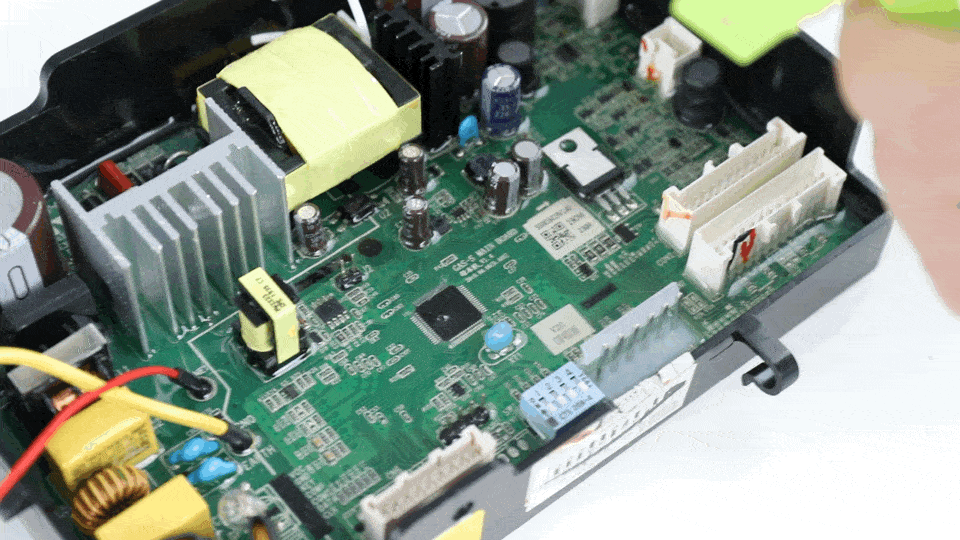
Functional Testing: Perform functional testing to verify the proper operation of the assembled PCB. This can include testing interfaces, input/output ports, and specific functions of the electronic device.
In-Circuit Testing (ICT): Use ICT techniques to test the electrical connectivity, component functionality, and identify any defects at the circuit level.
Environmental Testing: Subject the assembled PCBs to environmental tests, such as temperature cycling, vibration, or humidity testing, to ensure their resilience in real-world conditions.
Example: By implementing comprehensive testing procedures, manufacturers can validate the functionality and performance of the PCB assemblies, identify any defects or issues, and ensure that the final products meet the desired quality standards.
Strategies for Effective Quality Control
These strategies for effective quality control, including collaboration, process documentation, inspection techniques and tools, and data analysis for continuous improvement, help ensure consistent quality, reliability, and performance in PCB assembly. By fostering collaboration, standardizing processes, utilizing effective inspection methods, and leveraging data for continuous improvement, manufacturers can achieve higher levels of quality control and enhance customer satisfaction.
Collaboration Between Design Engineers, Manufacturers, and Quality Control Teams

Early Collaboration: Foster close collaboration between design engineers, manufacturers, and quality control teams right from the initial stages of product development. This ensures that design considerations for manufacturability, reliability, and quality are incorporated into the PCB design.
Design for Testability (DFT): Collaboratively design PCBs with features that facilitate testing and quality control. This includes incorporating test points, access for probes, and built-in self-test (BIST) capabilities.
Clear Communication Channels: Establish effective communication channels between different teams to promptly address any design or manufacturing issues and ensure alignment on quality requirements.
Example: Collaborative efforts between design engineers, manufacturers, and quality control teams help identify potential manufacturing challenges early on, optimize the PCB design for better quality control, and enhance overall product quality and reliability.
Importance of process documentation and standard operating procedures
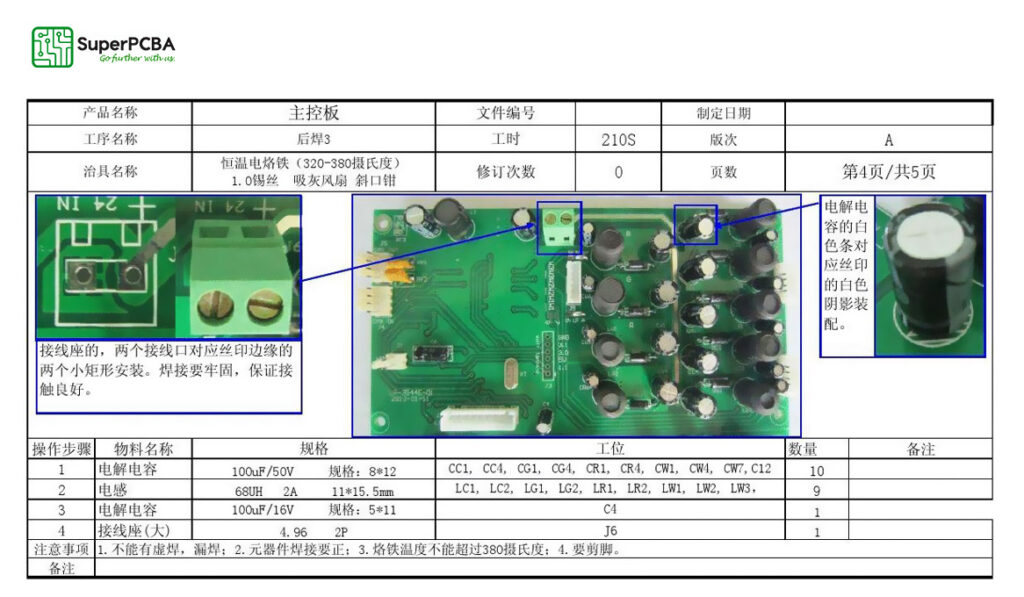
Comprehensive Process Documentation: Develop detailed process documentation, including standard operating procedures (SOPs), work instructions, and process flowcharts. This ensures consistency, provides clear guidelines, and reduces the likelihood of errors during the PCB assembly process. Training and Knowledge
Transfer: Ensure that employees involved in the assembly process are properly trained on the documented processes and SOPs. Regularly update and disseminate process changes to maintain an informed workforce.
Continuous Process Improvement: Encourage employees to provide feedback on process documentation and SOPs to identify areas for improvement and optimize quality control procedures.
Example: Well-documented processes and standardized operating procedures enable consistency and reliability in PCB assembly, reducing the chances of errors, improving efficiency, and facilitating effective quality control.
Inspection Techniques and Tools for Defect Detection

Visual Inspection: Implement visual inspection techniques to detect obvious defects such as component misalignment, soldering issues, or physical damage.
Automated Inspection: Utilize automated inspection tools like automated optical inspection (AOI), X-ray inspection, or automated solder paste inspection (SPI) to detect defects that are not easily visible to the naked eye, ensuring higher accuracy and efficiency.
Specialized Tools: Employ specialized tools such as magnification systems, thermal cameras, or solderability testers to detect and address specific quality concerns.
Example: Integrating a combination of visual inspection and automated inspection techniques allows for comprehensive defect detection, minimizing the likelihood of defects going unnoticed and ensuring higher product quality.
Data Analysis and Feedback Loops for Continuous Improvement

Data Collection and Analysis: Implement systems to collect and analyze data related to quality control processes, defect rates, and test results. This helps identify trends, root causes, and areas for improvement.
Feedback Loops: Establish feedback loops between quality control teams, manufacturing teams, and design engineers to share insights, lessons learned, and suggestions for process improvement.
Continuous Improvement Initiatives: Actively seek opportunities for process improvement based on data analysis and feedback, and implement corrective actions to address identified issues or trends.
Example: By analyzing quality control data and implementing feedback loops, manufacturers can identify recurring issues, make informed decisions for process improvements, and enhance overall product quality and reliability.
Benefits of Effective Quality Control in PCB Assembly
By implementing effective quality control measures, manufacturers can enjoy the benefits of improved product reliability and longevity, reduced rework and associated costs, enhanced customer satisfaction and brand reputation, and compliance with industry standards and regulations. These benefits contribute to the overall success and competitiveness of the manufacturer in the PCB assembly market.
Improved Product Reliability and Longevity

Effective quality control ensures that PCB assemblies meet the required quality standards, leading to improved product reliability and longevity. By minimizing defects, such as soldering issues or component placement errors, quality control measures enhance the overall robustness and performance of the electronic devices. Thorough testing and inspection procedures help identify potential issues early on, allowing manufacturers to address them before the products reach the market. This results in a lower likelihood of device failures, malfunctions, or premature end-of-life, contributing to increased customer confidence and satisfaction.
Reduced Rework, Scrap, and Associated Costs
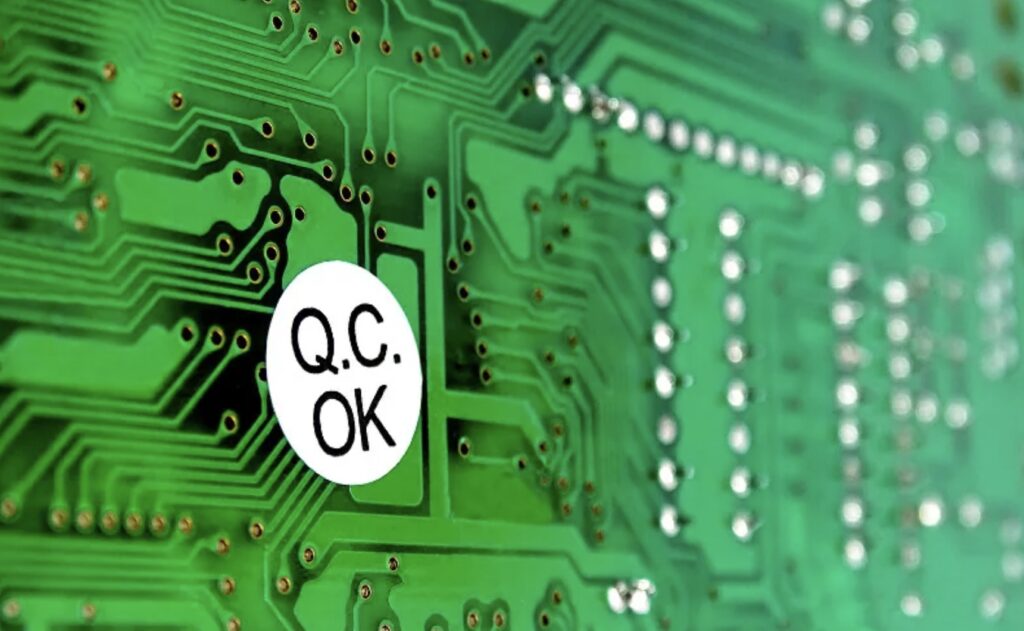
Quality control measures aim to identify and rectify defects early in the PCB assembly process, minimizing the need for rework or scrapping of faulty products. By catching and addressing issues promptly, manufacturers can significantly reduce the costs associated with reworking or discarding defective PCB assemblies. Effective quality control also helps optimize manufacturing processes, resulting in fewer defects and lower rejection rates. This leads to improved efficiency, reduced material waste, and decreased overall production costs.
Enhanced customer satisfaction and brand reputation

High-quality PCB assemblies resulting from effective quality control measures lead to enhanced customer satisfaction. Reliable and durable electronic devices that meet or exceed customer expectations contribute to a positive user experience. Satisfied customers are more likely to recommend the products to others, leading to increased brand reputation and loyalty. Positive word-of-mouth, favorable online reviews, and repeat purchases can contribute to the success and growth of the brand in the market.
Compliance with Industry Standards and Regulations
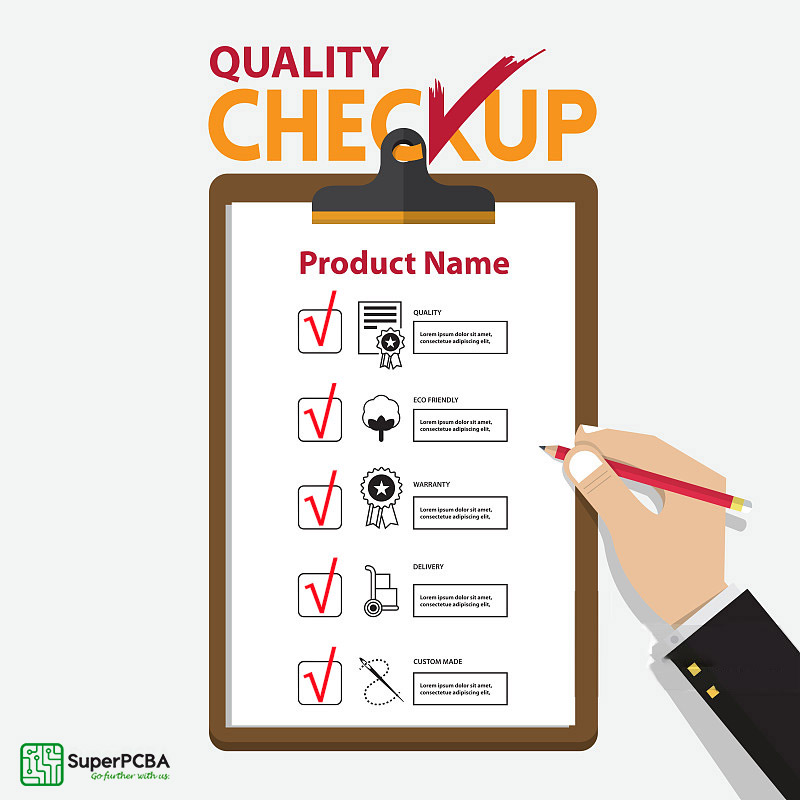
Effective quality control ensures compliance with industry standards, regulations, and customer-specific requirements. Meeting these standards is crucial for the successful marketing and distribution of electronic devices. Compliance with standards and regulations ensures that the PCB assemblies are safe, reliable, and compatible with other components or systems. It also helps manufacturers establish credibility and trust in the market by demonstrating their commitment to quality and regulatory compliance.
Conclusion

In this blog, we has explored the importance of quality control in PCB assembly and highlighted various key points. We discussed the definition of quality control in PCB assembly, its objectives, common challenges, and best practices. Additionally, we delved into advanced technologies and techniques for quality control, as well as the benefits it brings to the process.
Throughout this discussion, it is evident that quality control plays a critical role in ensuring the success of PCB assembly. By adhering to best practices and implementing effective quality control measures, manufacturers can achieve several key outcomes. Firstly, quality control significantly improves product reliability and longevity. Secondly, effective quality control reduces rework, scrap, and associated costs. Thirdly, quality control is vital for enhancing customer satisfaction and building a strong brand reputation.
In summary, quality control is an essential aspect of PCB assembly. It ensures improved product reliability, reduced costs, enhanced customer satisfaction, and compliance with industry standards. SuperPCBA recognizes the significance of maintaining high-quality standards and remains dedicated to implementing effective quality control measures to deliver exceptional PCB assemblies to its customers.
Due to the critical importance of quality control in PCBA, ensuring the highest quality is a continuous process that spans across every stage of production. At SuperPCBA, we have simplified and innovatively divided our quality control system into three distinct phases: pre-production, in-production, and post-production. This well-structured and easily manageable system ensures clarity of responsibilities and allows us to deliver cost savings, uncompromising quality, and enhanced service standards for our valued customers. With a steadfast commitment to prioritizing quality and guided by our customers’ needs, SuperPCBA embarks on a journey towards greater markets and a promising future.



